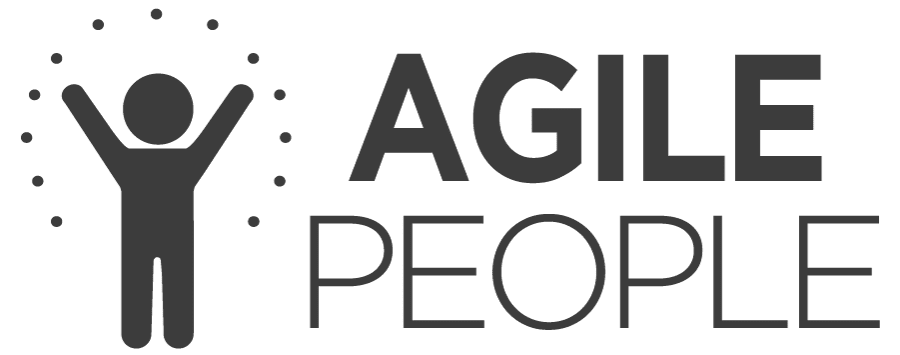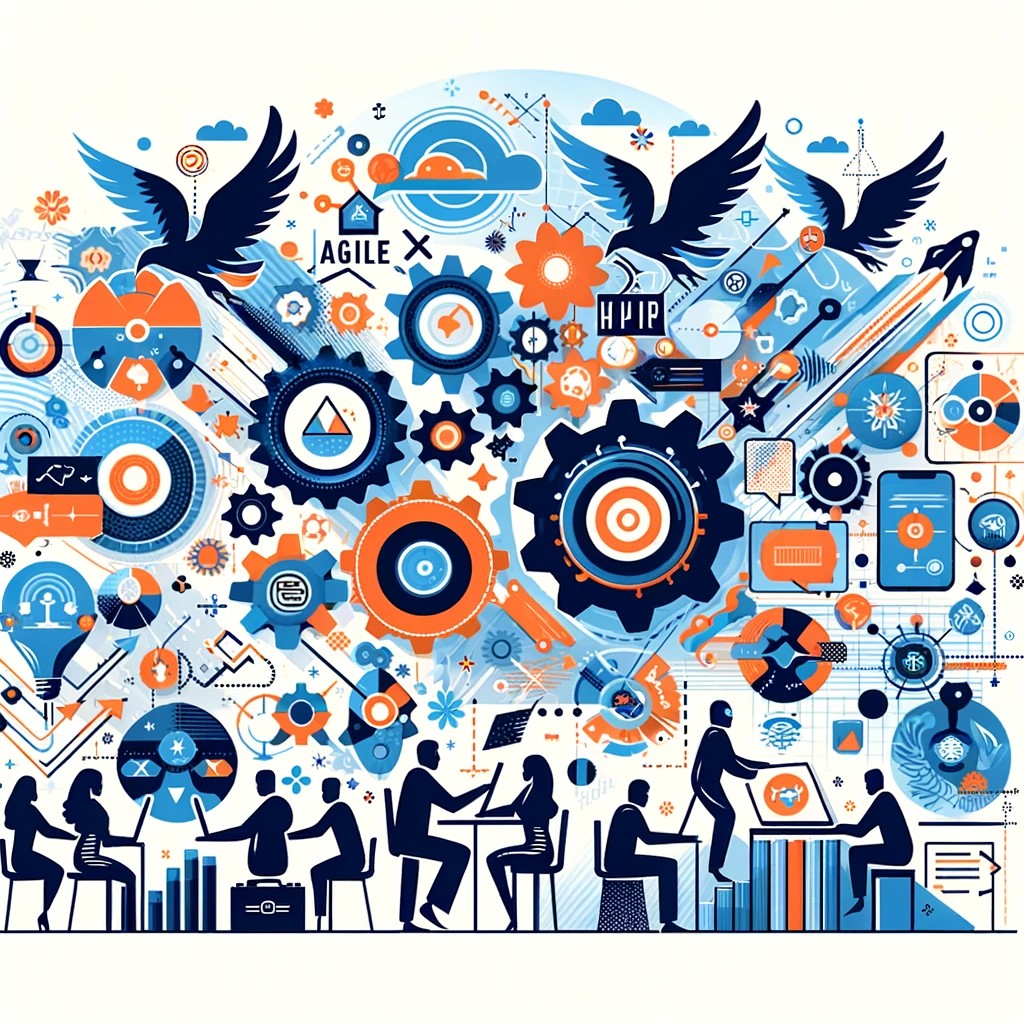Delve into the specific tools, techniques, and strategies that HR departments can employ to foster greater agility in their processes and practices.
Tools and Techniques for Enhancing Agility in HR
-
Agile Project Management Tools:
- Tools like Jira, Trello, and Asana can be instrumental for HR teams in managing tasks and projects with agility. These tools facilitate the breakdown of large projects into manageable tasks, enable real-time progress tracking, and foster collaboration.
- Visual management tools, such as digital Kanban boards, help monitor workflows and identify bottlenecks, ensuring HR tasks are completed efficiently and effectively.
-
Feedback and Performance Management Systems:
- Agile HR requires continuous feedback mechanisms. Implementing systems like 15Five or Lattice allows for regular, structured feedback and check-ins, moving away from traditional annual performance reviews.
- These platforms can facilitate continuous performance discussions, goal setting, and development planning, aligned with Agile principles.
-
Data Analytics and HR Metrics:
- Utilizing data analytics tools to gather insights on various HR aspects like employee engagement, turnover rates, and recruitment efficiency can aid in making informed, agile decisions.
- HR departments can use metrics and analytics to monitor the impact of their Agile practices and continuously adapt strategies based on data-driven insights.
Strategies for Fostering Agility in HR
-
Adopting Agile Frameworks:
- Implementing Agile frameworks like Scrum or Kanban within HR operations can significantly enhance flexibility and responsiveness. This involves adapting these frameworks to fit HR-specific needs.
- For instance, using Scrum for HR project management can facilitate faster and more adaptive responses to changing employee needs or organizational priorities.
-
Promoting a Culture of Continuous Learning and Development:
- Agile HR emphasizes the importance of continuous learning. HR departments can foster this by creating opportunities for regular training, skill development, and cross-functional learning experiences.
- Encouraging a culture where learning is part of daily work can help HR teams stay adaptable and responsive to new challenges and opportunities.
-
Fostering Collaborative Work Environments:
- Encouraging collaboration both within the HR team and across the organization is crucial for agility. This can be facilitated through regular cross-departmental meetings, joint problem-solving sessions, and collaborative platforms.
- Creating a culture where knowledge and ideas are freely shared helps in breaking down silos and fostering a more agile, integrated approach to HR.
-
Streamlining Processes and Procedures:
- Reviewing and streamlining existing HR processes and procedures can eliminate unnecessary bureaucracy and increase efficiency.
- This might involve automating routine tasks, simplifying approval processes, or removing redundant steps in HR workflows.
-
Employee Empowerment and Engagement:
- Empowering employees to make decisions and take initiative can significantly contribute to organizational agility. This involves trust and a shift from micro-management to a more facilitative leadership style.
- Engaging employees in decision-making, especially in areas that affect their work life, can lead to more agile and employee-centric HR policies and practices.
-
Building Agile Leadership:
- Training and developing leaders to adopt an Agile mindset is critical. Agile leaders should be able to lead by example, promote flexibility, adaptability, and be open to feedback and change.
- Developing Agile leadership skills across the organization can help ensure that Agile HR practices are supported and effectively implemented.
In summary, fostering greater agility in HR processes and practices involves a combination of implementing the right tools, adopting Agile frameworks, and cultivating a culture conducive to agility. This includes promoting continuous learning, collaboration, process streamlining, employee empowerment, and Agile leadership. By integrating these elements, HR departments can become more responsive, efficient, and aligned with the dynamic needs of modern organizations.




